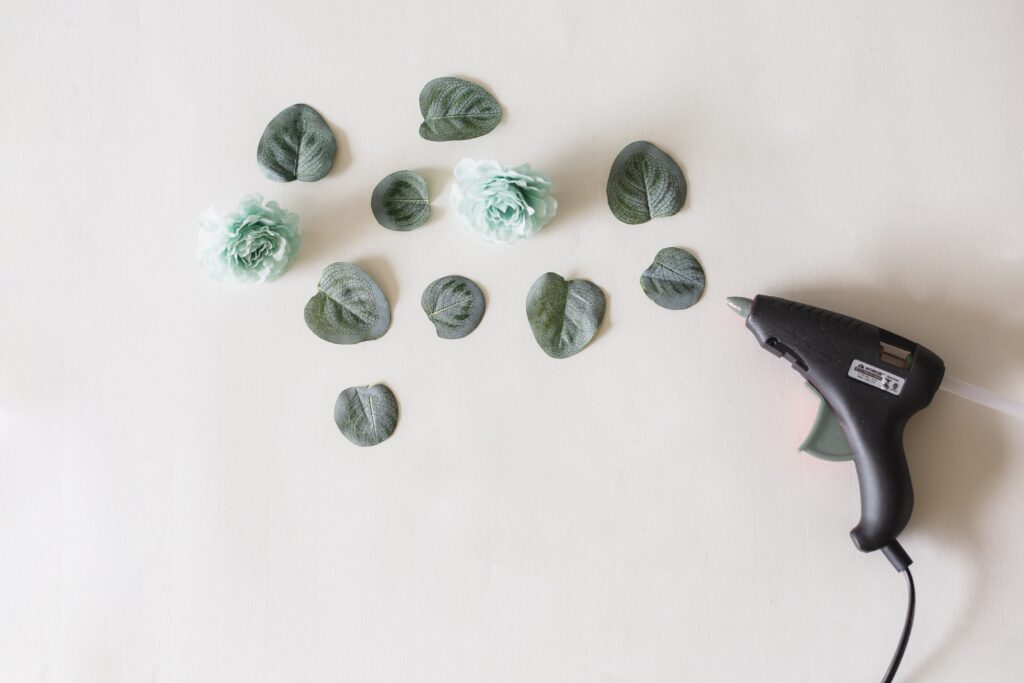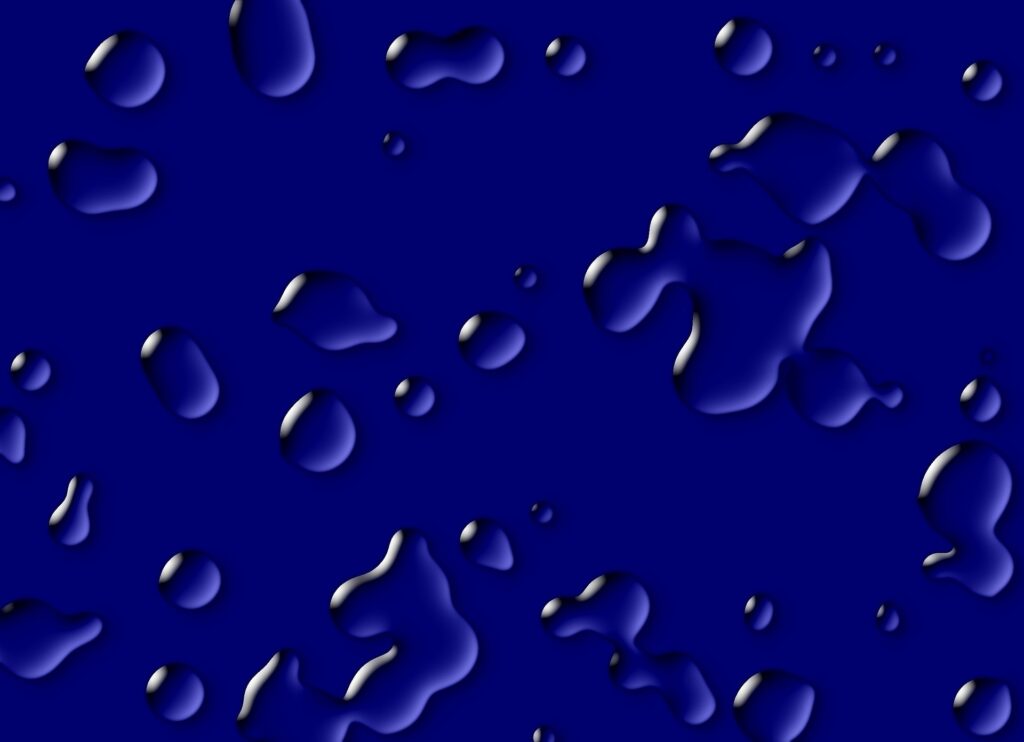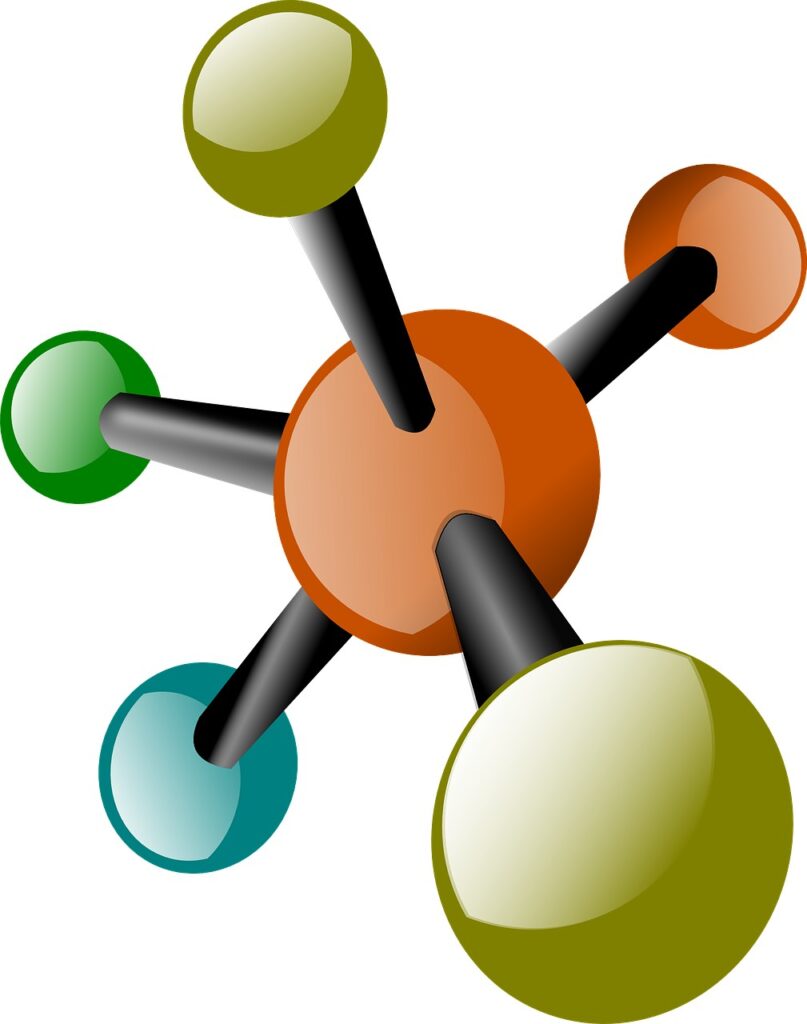Hot glue is the go-to condiment of any project, be it personal or professional. People use hot glue to stick things together, or they use hot glue to make standalone adhesions. But the main question is whether the hot glue can withstand the force of one of the most corrosive fluids in the chemical world- dihydrogen monoxide. Is hot glue waterproof?
Thankfully, the answer to this question is a resounding YES. Hot melt adhesives are generally made of an amorphous polymer (more on that later), which makes them impervious to liquid damage. Additionally, hot melt adhesives solidify quickly, making a water-resistant layer as soon as it is out of the nozzle.
But we are getting ahead of ourselves. Let us look at the beginning, usage, and end (if any) of the history and usage of hot melt glue.
Contents
What is hot glue?

Hot glue sticks (or hot melt or hot glue gun) is a device that melts a stick of plastic (a polymer made up of many different kinds of elements, hence, amorphous) and applies it to the desired materials through the use of a nozzle. These glue sticks are quite handy and light, and hence, they can be carried anywhere.
Hot Glue Gun Vs Cold Water
Unfortunately the video is not in English, but it clearly shows that hot glue waterproof
Does it repel water? Or is it water “resistant”?
Strictly speaking, hot glue guns are water-resistant and not waterproof. This means that using it on materials does not guarantee that water won’t cause damage to it. But this question has many layers, so we will tackle it one by one.

Hot glues are plastics by nature. Plastics, as we all know, are waterproof. So if we cover different materials with plastics, we are essentially waterproofing them.
But hot glues work differently. They are heated to a specific temperature, which melts them. The molten hot glues are then attached to the required surface. Once attached to the surface, they cool down and harden, thus creating a strong bond.
Adding water to the equation causes the bonding in the plastics to get even stronger. They are waterproof still, but this extreme contraction can produce cracks or holes in the glues, making them porous, thus reducing their bonding power and subsequently reducing their indoor/ outdoor use.
So glue sticks lose their adhesive properties when coming in contact with water surfaces. They are water-resistant, but using them for an underwater project is not advisable.
Does material affect bonding as well?
A glue gun is quite versatile in its use. The hot melt can be used to stick different objects together. This means that you can use a hot glue gun to join any two objects that otherwise won’t have a strong bond.
Plastic and wood do not have a strong bond, but you can attach both by using a hot melt glue. Non-porous surfaces, by default, are better at creating a water-resistant bond than porous surfaces. So wood would be a bad choice for attaching than plastic, a naturally water-resistant material.

Hot glue feat. Wood VS Water
Water wins this contest by a long shot. Wood is a very poor water retainer and reacts badly on coming in contact with any liquid (no matter how tight the binding is). So a hot glue coating on wood around water would have disastrous consequences, as the hot glue will contract (due to a drop in temperature) and result in the formation of cracks, leading to water seeping in through the cracks. The water then bloats the wood (irrespective of its temperature) and causes further cracks to form. This is why a hot glue and wood dynamic is not suggested for outdoor projects near water.
Hot glue feat. Plastics VS Water
Plastics, when combined with hot glue, react better to water than wood. This is because plastics are themselves waterproof, preventing further degradation if the glue’s bonding power reduces. But hot glued plastics should not be kept around water for a prolonged time, as it might result in the same consequences as wood.
Hot glue feat. Glass VS Water
Glass is even better than plastics (and fabrics). This is because glass itself is an amorphous solid. Hence it is quite similar to hot glue itself. Generally speaking, using hot glues with glass is considered safe, but not for prolonged periods of time. A long time can cause the glued glass to come apart.
Hot glue feat. Fabric VS Water
Fabric is a difficult thing to classify. It is porous, like wood, but not rigid, so it does not lose its wet properties. Additionally, using a fabric with hot glue (without any seal) results in quite a strong bond. Even on direct exposure, it manages to keep its integrity and stay strong.
Hot glue feat. Metal VS Water
Unlike fabrics, metals require specialized hot glues for usage. This makes it difficult to generalize their properties- they vary a lot. But typically, a metal glued together using hot glue creates quite a strong bond. Prolonged exposure to water can weaken the bond, but special chemicals added to the hot glue (and sometimes the metal) can also combat the perils of the water.
Hot glue feat. Paper VS Water
This one is a no-brainer. Hot glues are plastic. Paper is, well, paper. They can create a powerful bond between themselves (and work fine enough), but the integrity of the glues used will wither if brought in contact with water. Paper will be destroyed by water, so it is good to keep hot glued paper and water away from each other.
Conclusion
Hot glue bonded projects are some of the strongest bonded projects to exist. But water is the natural nemesis of creation. Use of different materials or different company glues can help you to prolong their lives, but prolonged exposure will always win in the end.
But do not believe in market posts or social media posts. Please research and then test them out. Perhaps the part of the application on the body is the solution to extending the life of glue around water.